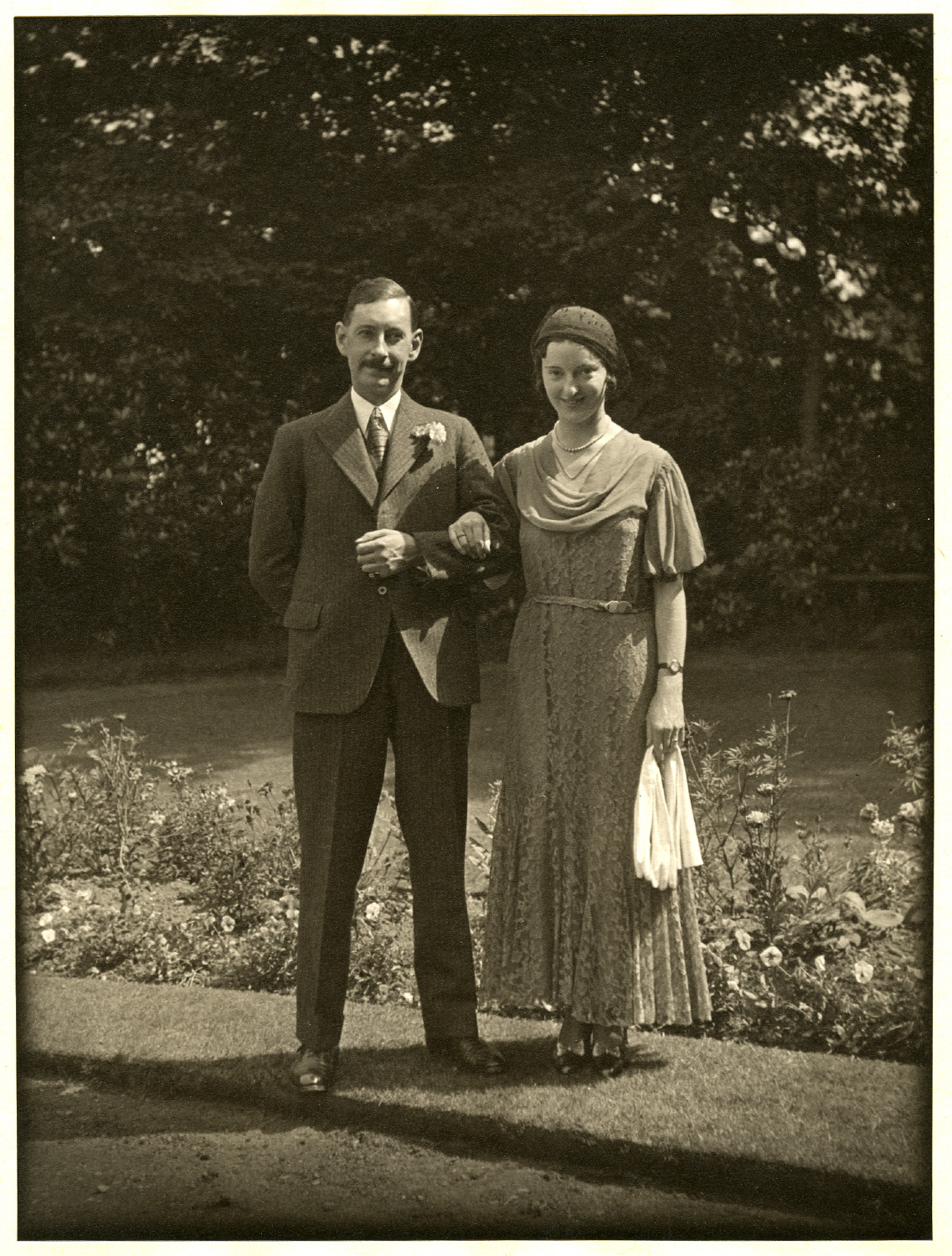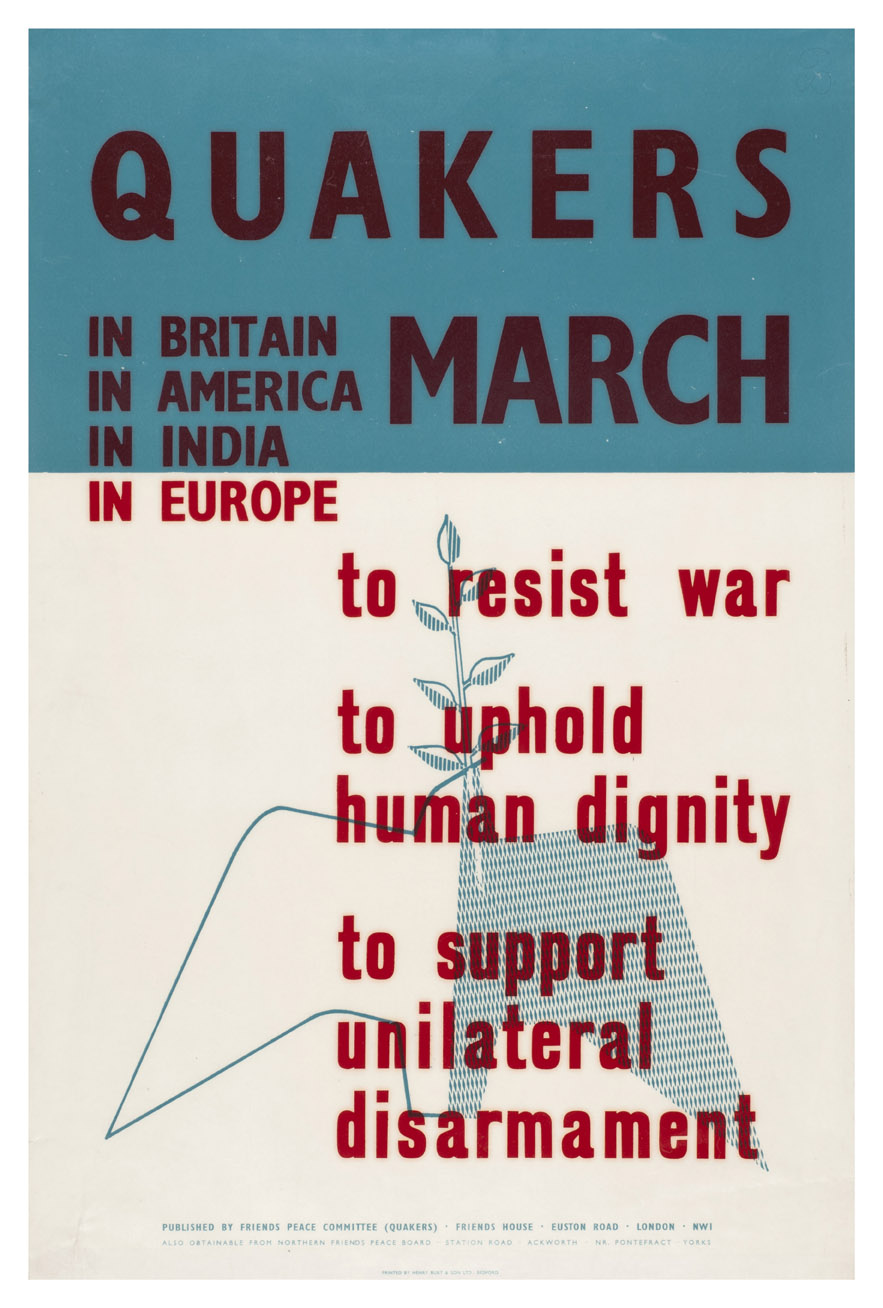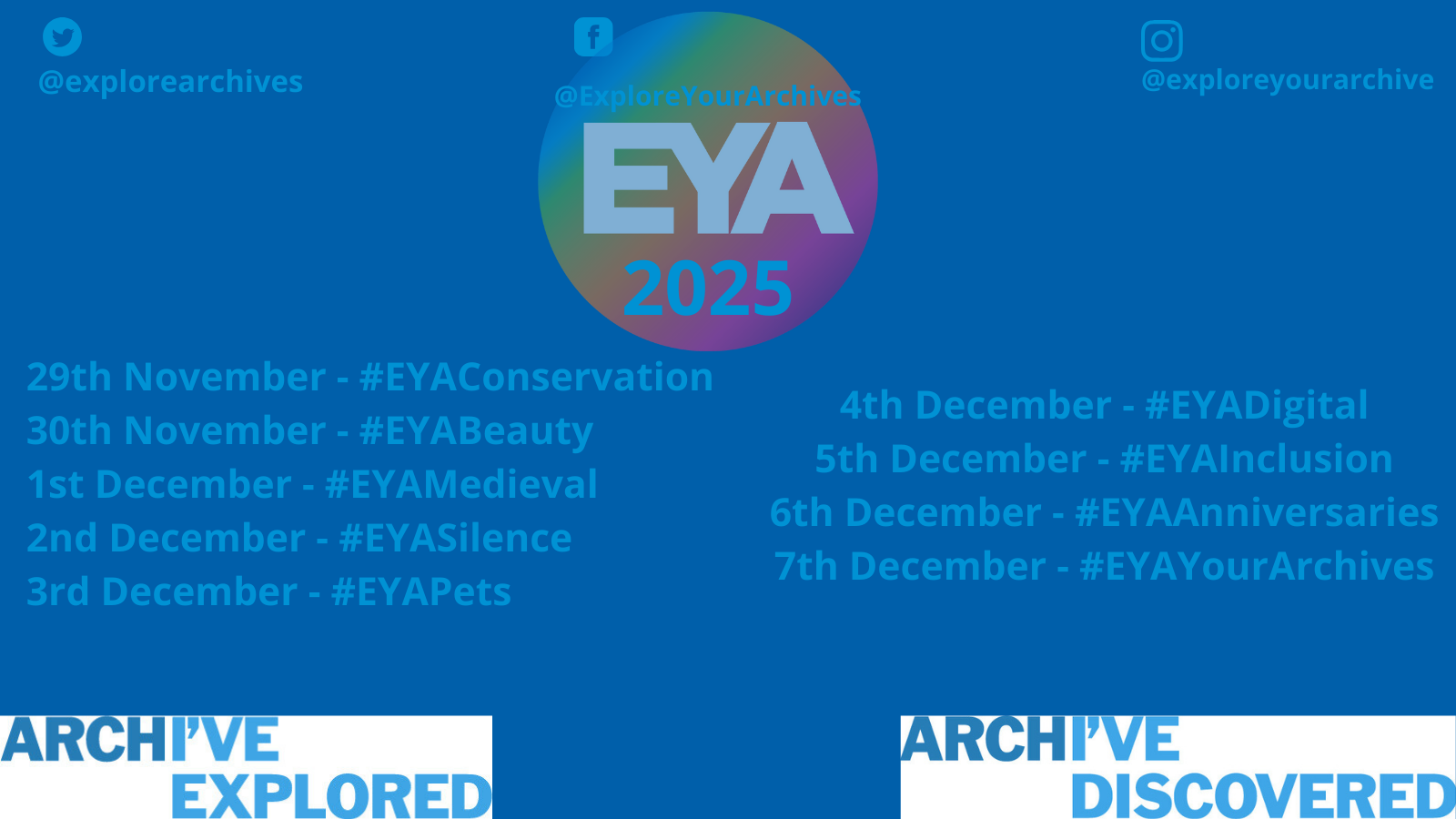This World Photography Day we explore the Edward Chambré Hardman photographic collection. The collection is the output of the lifetime’s work of photographers Edward Chambré and Margaret Hardman. The collection, together with the Hardmans’ former home and studio at 59 Rodney Street in Liverpool, are unique in their completeness, a rare survival of a once commonplace business. The Hardmans rarely threw anything away and as a result amassed a vast collection. It is estimated to be made up of at least 142,000 photographs, business and personal records.
In this blog, we explore the early lives of Edward Chambré and Margaret Hardman, the varied archive they left behind, and The National Trust’s ongoing work to look after this significant collection.
Who was Edward Chambré Hardman?
Edward Chambré Hardman was born in Foxrock, Ireland, in 1898. Inspired by his father who was a keen amateur photographer, Chambré took his first photographs at the age of nine.

In 1917, following the family tradition, Chambré joined the army, serving as an officer in the British Army in India. He started to experiment with photography and, despite difficult conditions, developed photographs to send home to his family.
During this time, Chambré met fellow officer and photography enthusiast Kenneth Burrell. The pair resigned their commissions and in 1923 returned to Burrell’s hometown of Liverpool to open a photography studio.
Burrell and Hardman Limited opened on Bold Street in March 1923. Burrell used his social connections and financial backing to gain entry to middle and upper-class clientele. This, combined with Chambré’s talent, helped to establish a reputation for producing prestigious works of photography.
Margaret, the driving force of business
In 1926, Margaret Mills, a photographer in her own right, joined the studio as an assistant. Her and Chambré’s relationship developed from there. In 1929, Margaret moved to a photography studio in Scotland. The pair wrote back and forth to one another almost daily.

Among the collection are hundreds of letters written between them during this period of their courtship. Despite several breaks in the relationship, Margaret returned to Liverpool and the couple were married in 1932.
It was Margaret who was the real driving force of the business. In 1948, with her encouragement, the two decided to buy 59 Rodney Street in Liverpool’s Georgian Quarter. This became their new home and studio for the next forty years. Today, stepping through the front door of The Hardmans’ House is like stepping into a 1950s time capsule. Preserved as if the couple had just left.

Photography as a business and passion
Due to the success of the business in Liverpool, a second studio opened in Chester, on St. Werburgh Street. The studio was open for twenty years from 1938 to 1958, with Chambré spending two days per week in Chester. One of the busiest times in the studio’s history was during the Second World War. Up to eight sitters a day would have their photographs taken.
The collection includes tens of thousands of photographic prints and negatives. The Hardmans captured actors, politicians, and members of high society, as well as local people. They marked key moments in their lives from weddings, christenings and birthdays to job promotions, and even pets. The business also extended beyond the studio to commissioned works for schools and businesses, many used for advertising.


A portrait of Ivor Novello, 1929 (770 ECH/1/2/048), sits alongside thousands of photographs of local people, including a portrait of Mr and Mrs Cohen on their wedding day, 1950 (770 ECH/1/3/0006). ©National Trust Images/Edward Chambré Hardman Collection.
Photography was not just the Hardmans’ business, it was their true shared passion. This is reflected in the collection of landscape photographs Chambré and Margaret took throughout their lifetimes.


Two of Chambré’s well-known photographs. The Birth of the Ark Royal, 1950 (770 ECH/1/1/0001). The Rick, 1935 (770 ECH/1/1/0003). ©National Trust Images/Edward Chambré Hardman Collection.
From cityscapes and industrial scenes to rural and coastal landscapes. These photographs capture the changing face of places from the local area and beyond. They extend to the Hardmans’ holidays in Europe in the 1920s and 1930s, and Chambré’s time in India.
Alongside the photography sits an extensive collection of business records. These give insights into the processes behind the photographic works and the running of the business. In addition to customer, staff, and financial records, the collection contains advertisements for the studio, often designed by Margaret herself.

The Hardmans’ personal papers not only provide an insight into the lives of Chambré and Margaret, but also document life in Twentieth Century Liverpool. The Hardmans immersed themselves in the bohemian art scene of Liverpool, evidenced by their extensive correspondence with artists and photographers of the day.
Hardmans Unpacked and Revived
Before Chambré’s death he set up the Edward Chambré Hardman Trust who worked to preserve the collection and the property at 59 Rodney Street. In 2003 ownership passed to The National Trust. The collection was deposited at Liverpool Record Office, where it is held in the suitable conditions required for paper and photographic materials.
Since 2019 The National Trust have run two projects Hardmans Unpacked, supported by funding from Archives Revealed, and Hardmans Revived, both aimed at improving access to the collection.

To date, the projects, with support from a team of dedicated volunteers, have overseen the cataloguing of over 10,000 items, the conservation and rehousing of 30,000 items, and the digitisation of 4,600 items.
With continued support, The National Trust hopes to continue this work into the future, ensuring continued and enhanced access to this important collection.
Further Information
- To view more of the Hardman’s photographs please visit Home | National Trust Images
- If you would like to access the collection in person, please visit the Liverpool Record Office website for further details and to view the collection catalogue Archives – Liverpool Record Office – Liverpool City Council.
- If you are interested in a particular photograph or subject, please contact us via email at thehardmanshouse@nationaltrust.org.uk.
- For further information about visiting The Hardmans’ House and to keep up to date with work on the collection please visit The Hardmans’ House | Liverpool | National Trust or follow us on social media @NThardmanshouse.
Written by Lindsey Sutton, Archivist (Edward Chambré Hardman Collection)
Coordinated by Anya Hopkins, Blog Coordintor (Explore Your Archive)
Copyright statement: Image usage is on a licence. Due to copyright they can only be shared across different platforms within the context of this article. You must get in touch with images@nationaltrust.org.uk to set up a separate licence.



